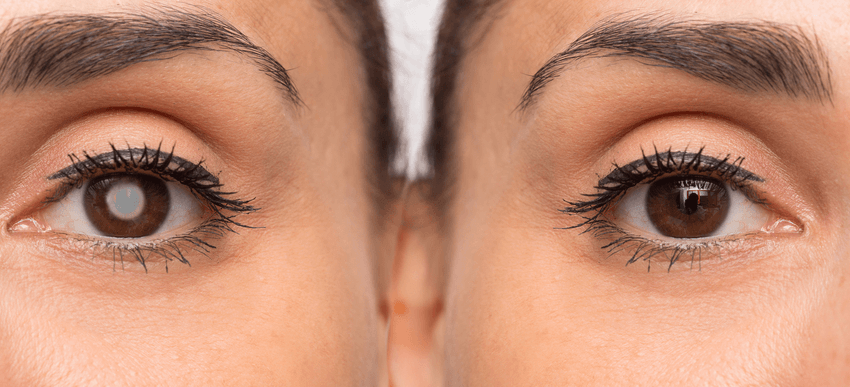Eye Treatment for Adults
- Overview
- Cataract Surgery
- Cornea & External Eye Diseases
- Chalazion
- Conjunctivitis
- Dry Eyes
- Keratoconus
- Corneal Transplant
- Customised Contact Lens Fitting
- Diabetic Eye Treatment
- Eyelid Reconstructive Surgery
- Glaucoma Treatment
- Neuro-Ophthalmology
- Prosthetic Eye Service
- Pterygium Surgery
- Squint Surgery
- Vitreo-Retinal Surgery
Overview

Eye diseases and disorders can occur to anyone although those with old age and/or pre-exisiting health conditions such as hypertension and diabetes are of higher risk. Sunway eye centre not only focuses on prevention, awareness and early detection of eye problems, but also offers medical and surgical treatments with the latest technology.
Our eye specialists are experienced in treating a wide range of eye diseases and problems including but not limited to:
Cataract Surgery
Cataract surgery is safe; involving replacing the eye’s natural with artificial lens.
Cornea And External Eye Diseases
Treatment for various corneal and external eye disease vary depending on the causes of infection.
Customised Contact Lens Fitting
Contact lenses are not a ‘one size fits all’. Get fitted with the right pair by our specialist
Diabetic Retinopathy Treatment
It is important for patients with diabetic retinopathy to control their diabetes, blood pressure, and cholesterol levels.
Eyelid Reconstructive Surgery
Eyelid reconstructive surgery can achieve adequate eyelid function, globe protection, and provide aesthetic results.
Glaucoma Treatment
Glaucoma has no cure, but early diagnosis, medication and treatment can control this disease.
Neuro-Ophthalmology
Neuro-ophthalmology focuses on visual problems that are related to the nervous system, and not caused by the eye
Prosthetic Eye Services
Implanting a prosthetic eye is always recommended after an eye is surgically removed due to damage or disease.
Pterygium Surgery
Mild cases of pterygium generally do not require treatment, however it can be removed with a simple surgical procedure.
Squint Surgery
Squint surgery and treatment options are effective to realign the eyes and restore binocular vision.
Vitreo-Retinal Surgery
Vitreo-retinal diseases are a variety of conditions that affect the vitreous and retina that lie at the back of the eye.
Cataract Surgery
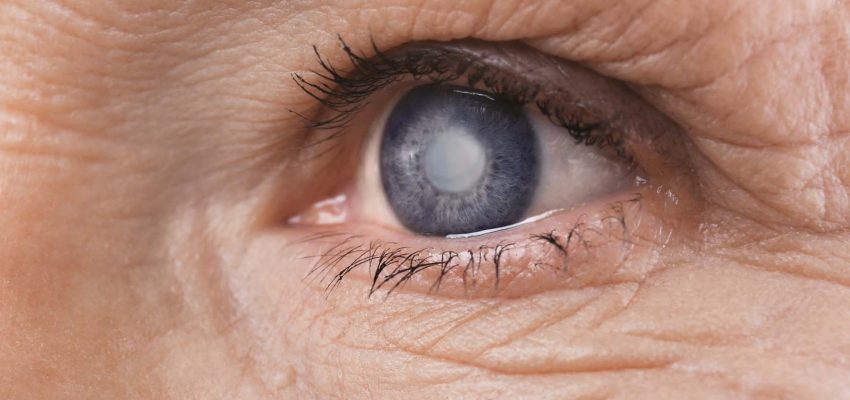
Cataract is the clouding of the lens of your eye(s) that develops due to ageing or caused by an injury. Usually, cataract slowly develops and it does not cause any vision difficulties until at a later stage, where a person’s vision is affected. For people with untreated cataract, looking through an affected lens is like looking through a foggy window.
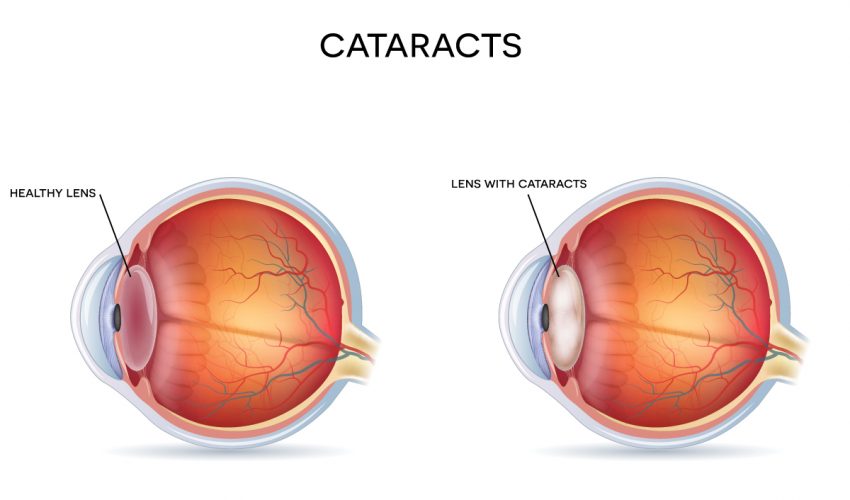
What are the symptoms?
- Cloudy or blurred vision
- Double vision in one eye
- Seeing halos around lights
- Sensitivity to light
- Finding it difficult to see clearly at night
What are the risk factors?
- Increasing age
- Diabetes
- Excessive exposure to sunlight
- Smoking
- Obesity
- High blood pressure
- Excessive drinking of alcohol
- Prolonged use of steroid
Cornea & External Eye Diseases
Cornea and external eye diseases are eye conditions that affect the ocular surface. Some of these conditions are:
Conjunctivitis
Dry Eyes
Keratocunus
Chalazion
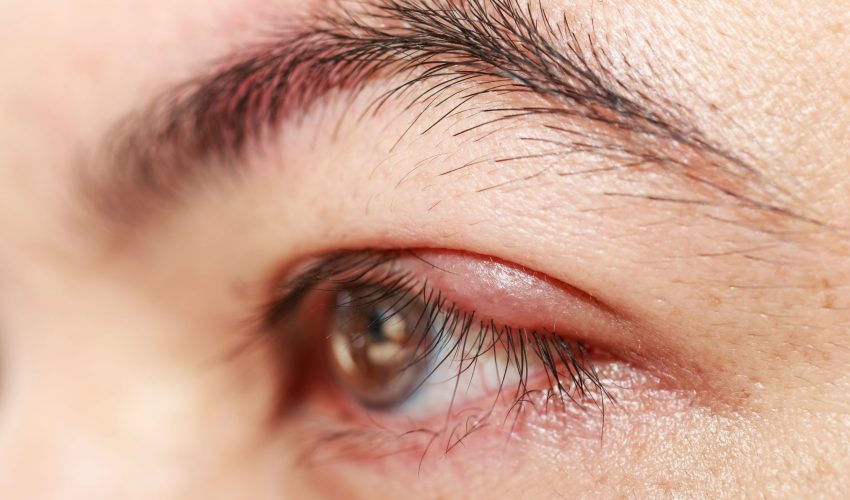
Definition:
A chalazion is a small, slow-growing lump or cyst that develops within the eyelid. They are not usually painful and rarely last longer than a few weeks. Human eyelids consist of 30-40 glands in each of the upper and lower lids that produce oil to lubricate the surface of eye. These glands are called Meibomian glands. Chalazion develops due to the blockage or inflammation of Meibomian glands.
Risk Factors:
People with thicker oil secretion from Meibomian gland tend to have a greater risk of developing chalazion. Anyone who has history of chalazion, he/she has greater risk of developing another one in future. Individuals with acne rosacea, Meibomian gland dysfunction and seborrhea of eyelids are at higher risk of getting chalazion.
Signs & Symptoms:
- Appears as a small, non-painful, red/inflamed lump in eyelid at early stage
- Chalazion is more common to develop on the upper lid.
- Although painless, chalazion may cause watery eye and some irritation. Sometimes it may lead to blurry vision.
Conjunctivitis
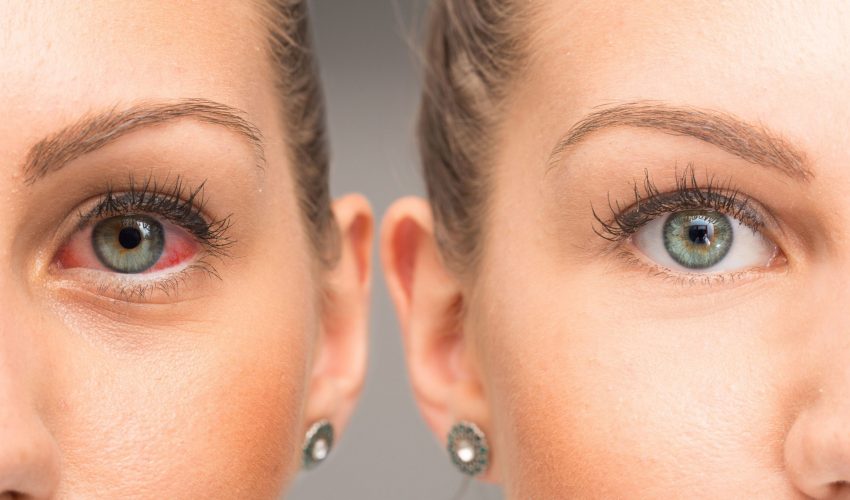
Definition:
Conjunctivitis, commonly known as “pink eye,” is an infection in the outer membrane of the eyeball (conjunctiva). The blood vessels in conjunctiva become inflamed and giving the eye a red or pink colour appearance. The common causes of conjunctivitis are virus, bacteria and allergen. Sometimes, it can be associated with contact lens wear, air pollution and chemicals.
Signs & Symptoms of 3 common types of conjunctivitis:
- Viral Conjunctivitis – highly contagious, usually occurs suddenly and commonly caused by adenovirus. Symptoms include irritation, sensitive to light, and watery discharge. In severe cases, it may leave scars on the cornea even after conjunctivitis has resolved
- Bacteria Conjunctivitis – more common in kids than adults and can be easily spread. The main symptoms of bacteria conjunctivitis include pink or redness of the eye, burning, itching, sensation of grittiness, mild pain or discomfort in the eye, thick and sticky discharge from the eye, swollen lids
- Allergic Conjunctivitis – Allergens such as pollen can stimulate our body to create more histamines, which cause inflammation as part of our body’s response to what it thinks is an infection. If anyone has allergic conjunctivitis, he/she may experience intense itching, tearing
Dry Eyes

Definition:
Dry eyes is a common condition that occurs when the tears aren’t able to provide adequate lubrication for the eyes and causing discomfort, in some cases, it can cause vision problems. Tears can be inadequate for many reasons such as poor quality tears and insufficient tears production.
What are the signs and symptoms?
- Scratchy feeling in the eye
- Stinging or burning sensation
- Red eye
- Sensitive to light
- Blurry vision
- Difficulty in wearing contact lens
- Watery eye
Who are at risk?
- Age 50 or above
- Female
- Contact lens wearer
- Smoker
- Having certain autoimmune diseases (such as Sjogren’s syndrome)
- Under certain medication such as antihistamines, decongestants, birth control pills, antidepressants
- Refractive surgeries increase the occurrence of dry eye, but usually temporary
- People with eyelid problems for example ectropion (eyelid turn outward) and entropion (eyelid turn inward)
- Low blinking rate after long hours of computer use, reading, or driving a vehicle
- Wind and dry climate
Keratoconus
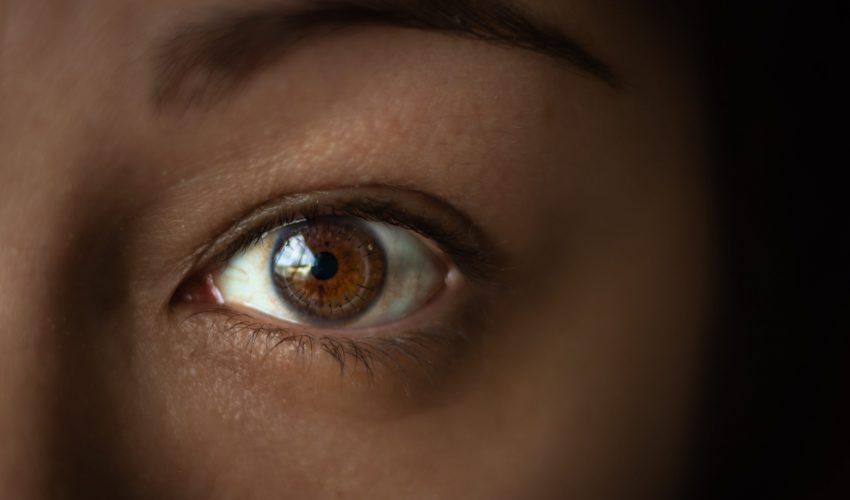
Definition:
Keratoconus occurs when the outer layer at the front of the eye (cornea) thins and gradually bulges outward leading irregularities of the eye surface. It causes blurred vision and may cause sensitivity to light and glare. Keratoconus can only be detected by a corneal topography scan, as the eye will look normal. This condition is suspected in cases of high astigmatism. Keratoconus usually affects both eyes and generally begins to first affect people ages 10 to 25. The condition may progress slowly for 10 years or longer.
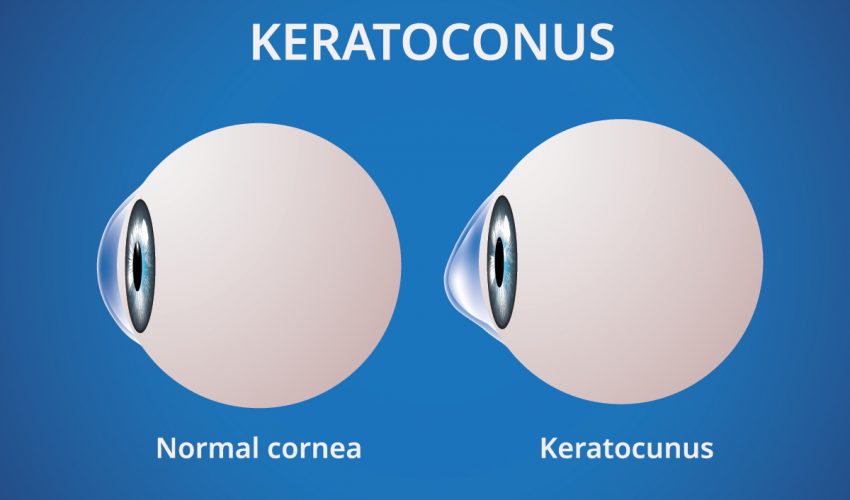
What are the signs and symptoms?
- Glares and haloes around lights
- Night vision difficulty
- Sensitive to bright light
- Reduced vision
- Increasing astigmatism
Risk factors:
- Having family history of keratoconus
- Having certain systemic disorders such as Down syndrome
- Chronic eye rubbing
Corneal Transplant
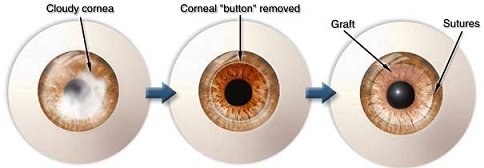
Corneal transplant, often referred to as keratoplasty or corneal graft, is a surgery to remove damaged / diseased cornea and replace it with healthy donor tissue. It is a treatment to improve eyesight, restore corneal integrity or as a treatment for uncontrolled corneal infection. The common indications for transplant include advanced keratoconus, Fuchs’ corneal dystrophy, corneal scars and ulcers.
Types of corneal transplant are:
- Penetrating keratoplasty (PK)
- Deep anterior lamellar keratoplasty (DALK)
- Descemet Stripping Automated Endothelial Keratoplasty (DSAEK)
- Descemet Membrane Endothelial Keratoplasty (DMEK)
Customised Contact Lens Fitting
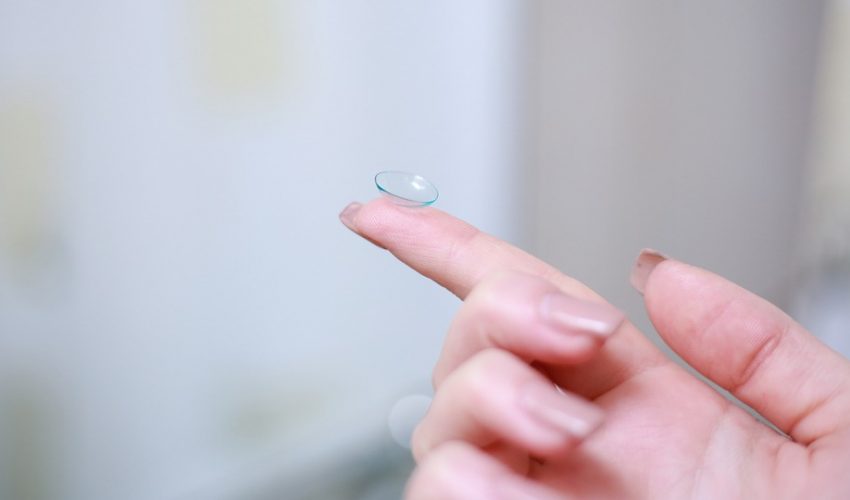
Get fitted with the right pair of contact lens because finding the perfect fit is important to ensure your comfort as well as safety. During your contact lens fitting, our experts will conduct a series of eye examinations that are typically not part of a routine eye exam for eyeglasses. These additional tests will help in finding the comfortable and proper contact lens parameters as well as the correct prescription.
Why do you need a customised fitting?
1) Eye health and condition
A comprehensive eye examination ensures that your eyes are healthy and there are no developing eye conditions. During this examination, our ophthalmologist will also be able to identify any possible causes that could interfere with your comfort when wearing contact lenses.
2) Lifestyle and health choices
There are a wide variety of contact lenses available in the market but do you know which would be best for you? During the contact lens consultation, our ophthalmologist will discuss with you the ideal options available while taking into account your lifestyle and health
3) One size does not fit all
When it comes to contact lenses, one size does not fit all. Our ophthalmologist might take your eye measurements to help you find the perfect pair of contact lenses. Wearing an ill-fitted pair of contact lenses can lead to blurry vision, discomfort and even damage your eyes.
Diabetic Eye Treatment
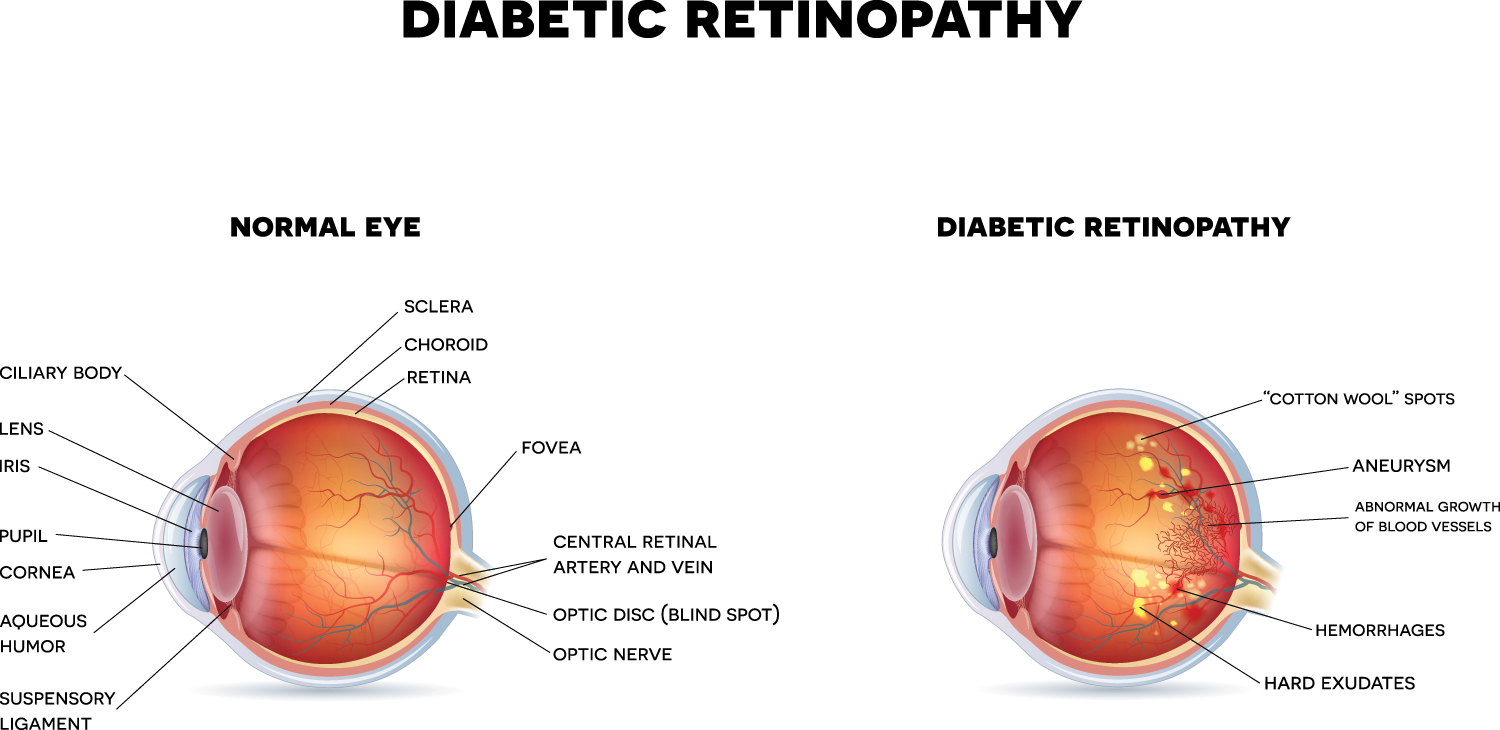
Diabetes can damage the blood vessels in your eyes and cause a condition called Diabetic Retinopathy. Also known as the ‘mother of all diseases’, diabetes also increases one’s risk of developing glaucoma and other eye conditions.
What are the symptoms?
During the early stages of diabetic retinopathy, you may not experience any symptoms. As this eye condition progresses, you may experience the symptoms below, which typically affect both eyes:
- Blurred Vision
- Dark or empty areas in your vision
- Spot or strings that are floating in your vision, also known as floaters
- Vision loss
Eyelid Reconstructive Surgery
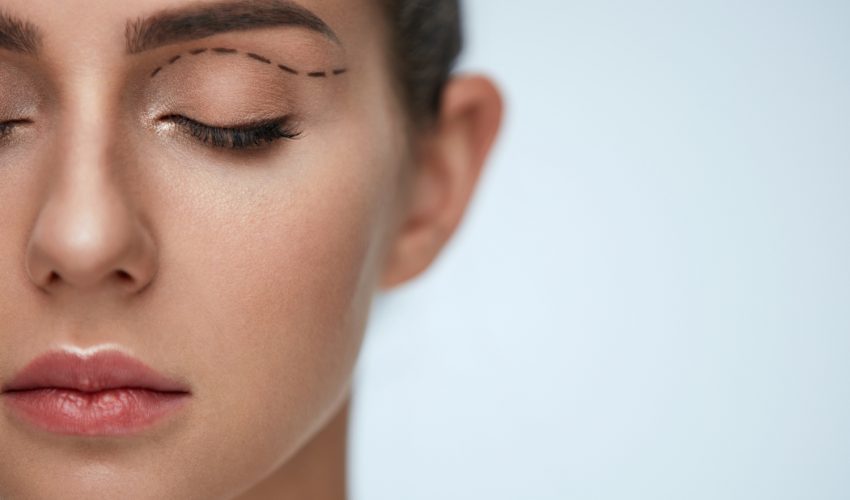
Sunway Eye Centre has a team of highly skilled oculoplastic surgeons who are specialized in plastic and eyelid reconstructive surgery that involves the periorbital and facial areas such as the eyelids, eye socket and lacrimal (tear duct) system.
Our list of services includes but is not limited to eyelid ptosis surgery (to address droopy eyelids); eyelid reconstruction surgery (in the event the area around the eyes are affected due to trauma); and as tumour or growth removal.
What are the conditions that can be treated?
Conditions that can be treated but not limited to are:
- Droopy eyelids
- Eyelid Malposition (eyelid turns “inwards” or “outwards”)
- Eyelid tumour
- Complex ocular facial tumour
- Lacrimal system blockage
- Bulging eye
- Eye Socket Reconstruction (for ocular prostheses fitting)
- Eye Evisceration and Enucleation
Glaucoma Treatment

Glaucoma is a general term for a series of eye diseases that are caused by optic nerve damage. These nerves are vital for good vision. Glaucoma, one of the leading cause of blindness among those above 60, is typically caused by abnormally high pressure to the eye. If left untreated, glaucoma can lead to permanent vision impairment which can affect daily activities including driving.
Vision loss due to glaucoma is permanent. Therefore, it is important to have regular eye examinations that include checking the pressure of your eyes. When detected early, vision loss can be effectively prevented or slowed down with appropriate treatment.
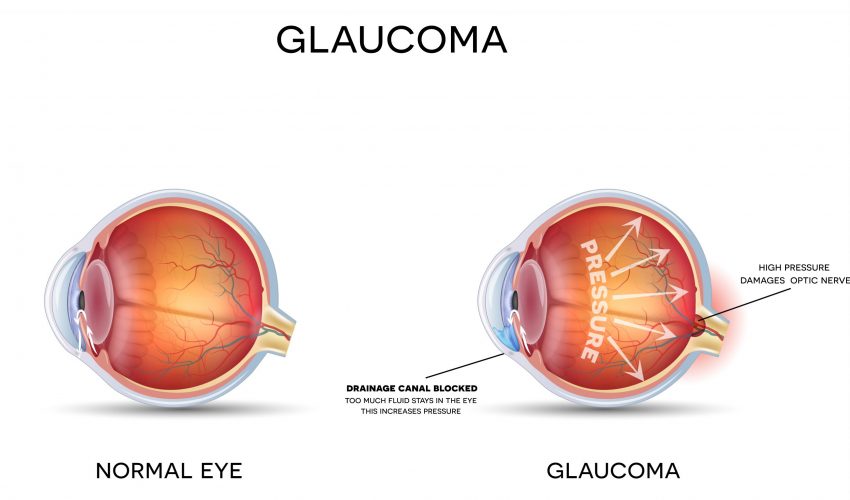
What are the symptoms?
For many forms of glaucoma, there are no warning signs and symptoms until the condition has progressed to an advanced stage. This is why regular eye examinations are encouraged. Nonetheless, it is still important to be aware of the possible symptoms which are:
- Severe headache
- Nausea
- Halos around lights
- Blurred vision
What are the conditions that can be identified?
This condition can be easily identified through a series of eye tests that are conducted by our specialists, which are:
- Eye pressure check
- Visual field test
- Glaucoma imaging tests
- Dilated eye examination
- Lacrimal system blockage
- Cornea thickness test
- Angle test
Neuro-Ophthalmology

Our neuro-ophthalmologist offers services on visual rehabilitation and cerebral visual impairment. Neuro-ophthalmology focuses on visual problems that are related to the nervous system, i.e. visual problems that are not caused by the eye. Our neuro-ophthalmologist works closely with a team of neurologists, neuroradiologists, neurosurgeons and paediatric neurologists to deal with a myriad of ophthalmology cases.
Sunway Eye Centre’s neuro-ophthalmologist also deals with visual rehabilitation to take care of patients with stroke and traumatic brain injury. Patients with these conditions most times are unable to see either on their right or left side. This rehabilitation technique enables patients to improve their quality of life tremendously.
What are the Neuro-ophthalmology services?
Neuro-ophthalmology services are recommended to patients with conditions such as:
- Optic Neuritis (of any demyelinating or infective causes)
- Optic Neuropathies (due to drug toxicity, congenital causes, Leber’s Hereditary Optic Neuropathy, compressive)
- Cavernous Sinus Fistula and Arterio Venous Malformations
- Optic Neuropathies secondary vascular causes (diabetes, hypertension)
- Unexplained causes of optic disc swelling (pseudopapiiedema, pseudo Foster Kennedy syndrome)
- Ocular Myaesthenia Gravis (muscular disorder)
- Cranial Nerve Palsies (various etiologies, ischaemic and non- ischaemic
- Bleharospasms and Hemifacial Spasms (CP angle tumors, idiopathic)
- Unexplained vision loss (Congenital retinal dystrophies and optic neuropathies)
- Benign Intracranial Hypertension
- Headaches, migraines
- Stroke visual rehabilitation
- Traumatic brain injury visual rehabilitation
Prosthetic Eye Service
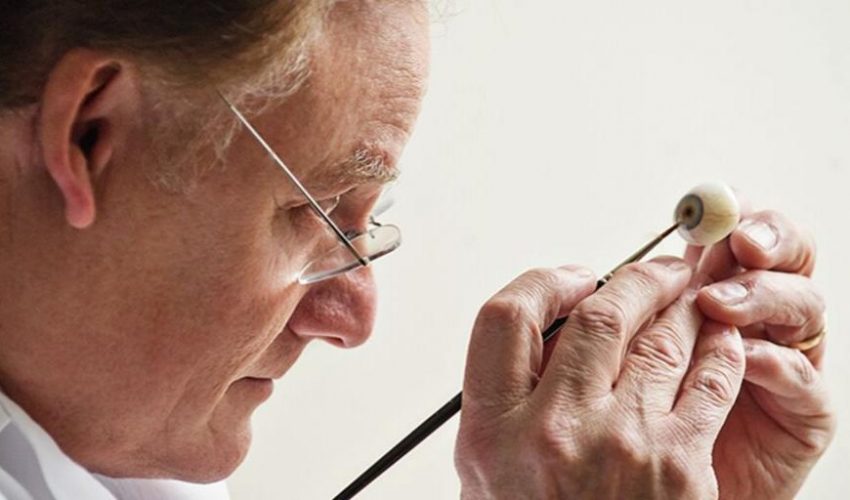
Losing your eyes after an injury or illness can be devastating and damaging to your confidence. Getting fitted with a prosthetic eye helps you to regain confidence and move on with daily activities. Plus, it also creates a balance in your facial appearance and improves the comfort for your affected eye socket.
Prosthetic eyes are available in various options including ready-made and customised to individuals. A custom prosthetic eye, which will be created by our ocularist, will have a better fit and a more natural colouring to match the other eye.
Creating a prosthetic eye is a very meticulous process involving a myriad of details. The damaged eyeball will be removed and replaced with an implant. After the eye socket has healed, you can visit our ocularist to get fitted with your prosthetic eye. Our ocularist will discuss with you the types of implants available before recommending the best option for you. Generally, a prosthetic eye can last up to years or even decades with proper cleaning and care. Professional polishing to effectively remove surface scratches will be advised by the ocularist.
Did you know?
4 interesting facts about prosthetic eye(s)
- You’re still able to shed tears while wearing prosthetic eye(s)
- Prosthetic eyes can be worn for daily activities including swimming and during shower
- Not to worry, after being fitted with a prosthetic eye, both eyes will be able to move in sync
- You’re able to sleep with your prosthetic eye in place
Pterygium Surgery
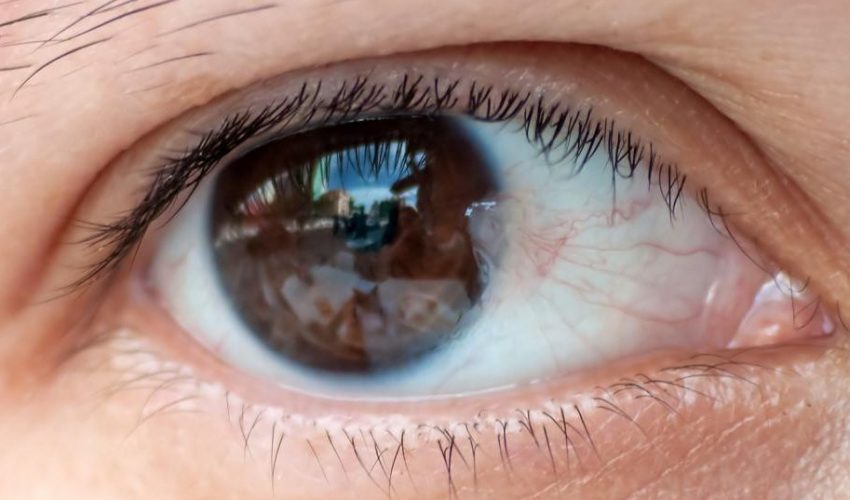
Commonly known as ‘surfer’s eye’, the pterygium is a growth of the conjunctiva that covers the white area of the eye and cornea. It usually forms at the corner of your eye, towards the side closest to your nose and will grow toward your pupil. The growth can occur in either one or both eyes. This growth can be hazardous to your safety as it can interfere with your vision.
Although pterygium is a benign tissue growth, it can be annoying and limiting to your vision. It can induce astigmatism and change the refractive power of your eye. People with pterygium may experience decreased vision and foreign body sensation. This condition is commonly seen in sunny, hot and dry climates.
Squint Eye Surgery
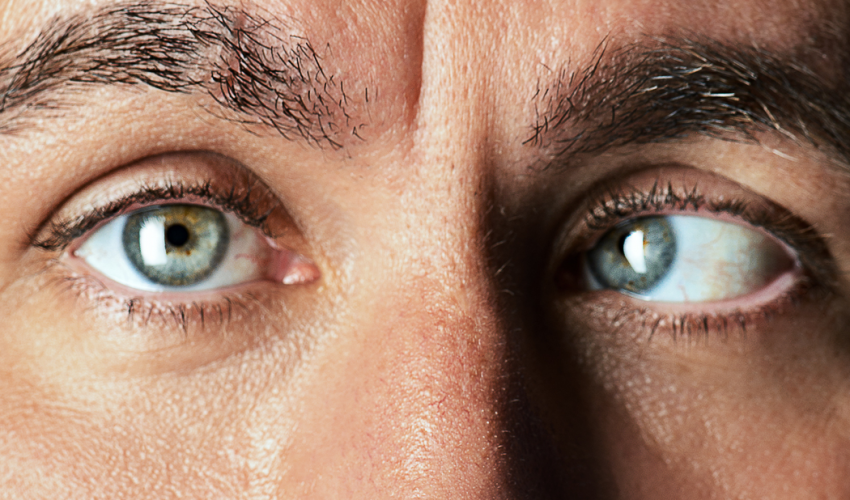
Strabismus or commonly known as squint, affects not only your self-esteem but vision too. Squint is a condition whereby the eyes point in different direction such as downwards, upwards, inwards or outwards while the other eye looks forward. If left untreated, squint can cause a series of other eye conditions such as amblyopia (lazy eye) and double vision.
What are the symptoms?
The most prominent feature of squint is the misalignment of the eyes. Besides that, there are several other symptoms that are associated with squint too, such as:
- Double vision
- Blurry vision
- Tired eyes
- Difficulty in reading
What causes squint?
- The loss of vision in one eye that can cause an outward deviation
- A dormant or latent squint that becomes more prominent during adulthood
- Caused by health conditions such as thyroid disorders, trauma, tumours and stroke
- Excessive exposure to UV rays from the sun
Vitreo-Retinal Surgery
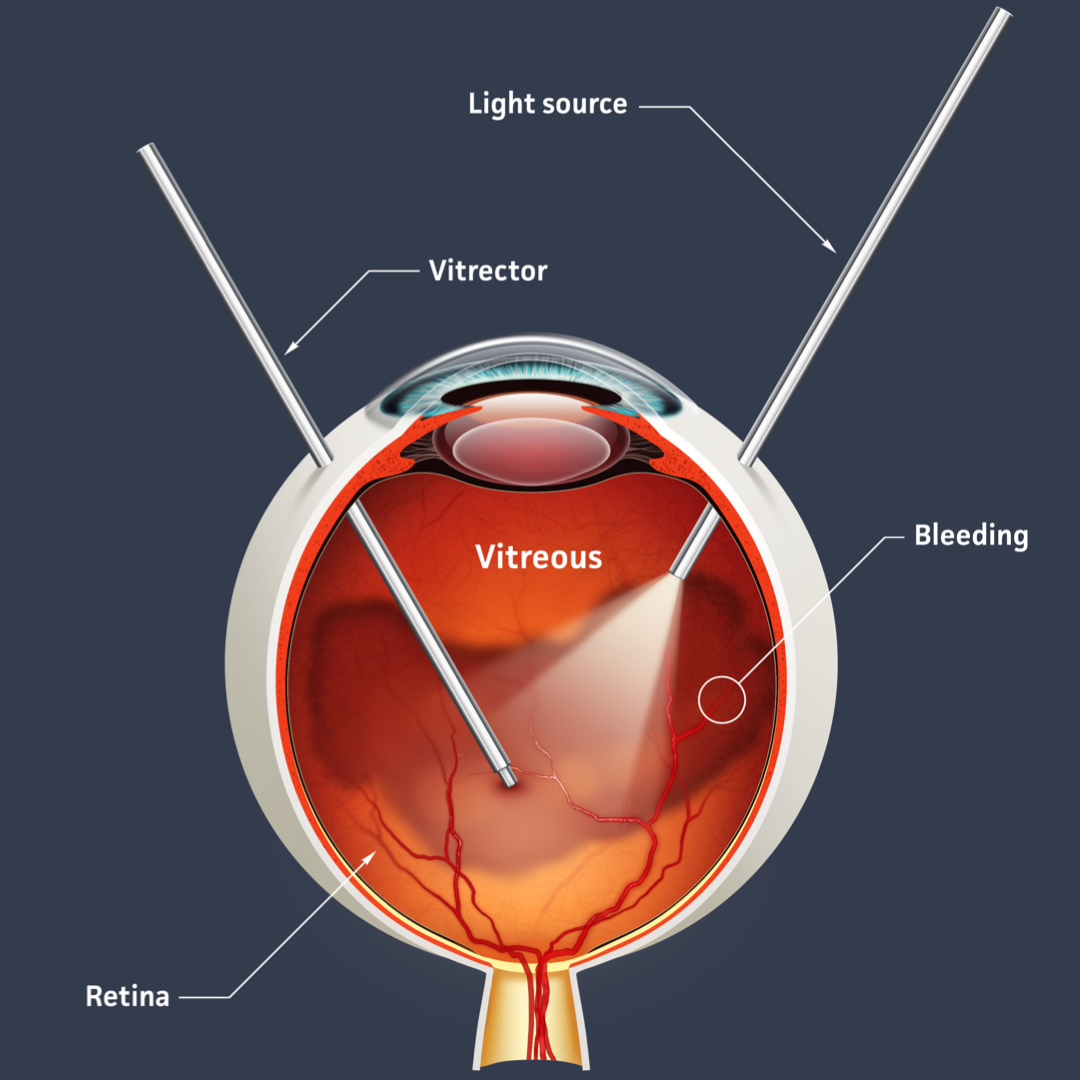
Vitreo-retinal diseases cover a large variety of conditions that affect the vitreous and retina that lie at the back part of the eye. Conditions such as uveitis, retinal detachment or tear, macular holes, etc. can be sight-threatening without immediate medical attention.



